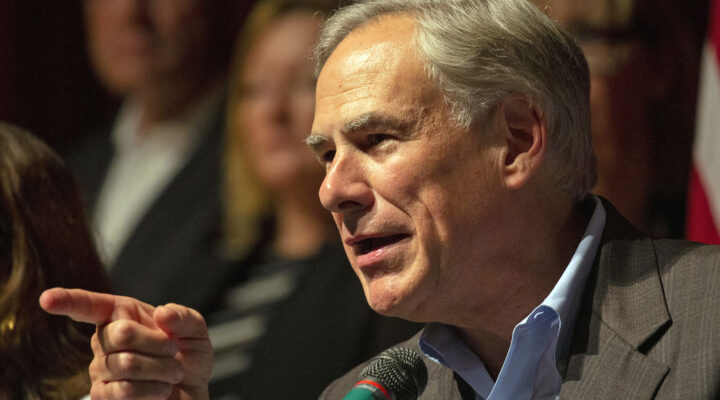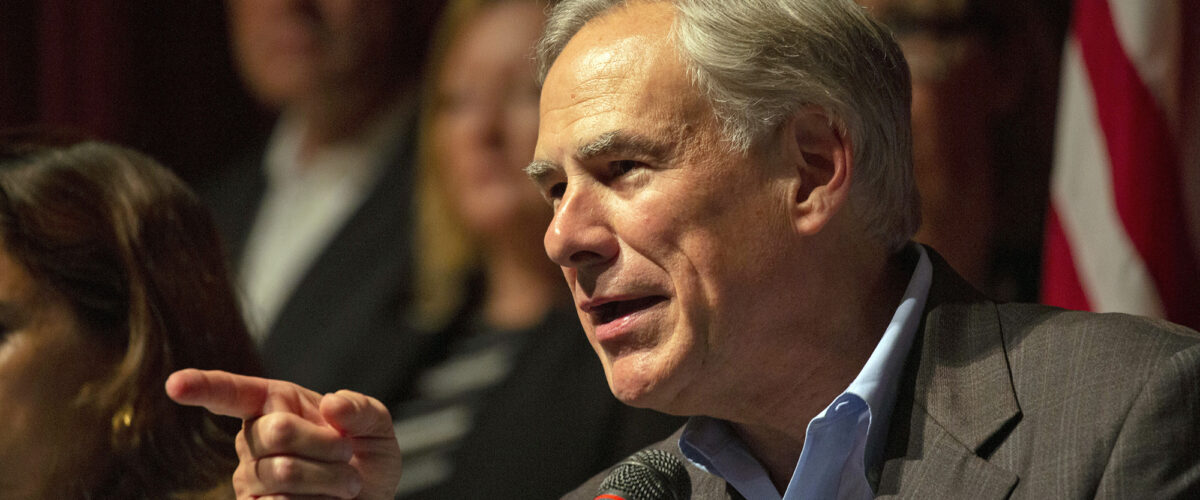In the book of Leviticus, we read these instructions to the high priest regarding the day of atonement:
Then Aaron shall lay both his hands on the head of the live goat and confess over it all the iniquities of the Israelites, and all their transgressions, all their sins, putting them on the head of the goat and sending it away into the wilderness by means of someone designated for the task. The goat shall bear on itself all their iniquities to a barren region, and the goat shall be set free in the wilderness. (Leviticus 16:21-22)
From this we derive the term scapegoat, one who bears the blame for others.
In the debate about gun violence in America, mental illness is our scapegoat — a way to divert attention from other measures that might improve gun safety by banning certain types of guns, raising the age at which they can be purchased or expanding background checks.

Curtis Ramsey-Lucas
“We as a state, we as a society need to do a better job with mental health,” Texas Gov. Greg Abbott said after an 18-year-old killed 19 children and two teachers in Uvalde using weapons he had legally acquired. “Anybody who shoots somebody else has a mental health challenge. Period. We as a government need to find a way to target that mental health challenge and to do something about it.”
Meanwhile, Texas ranks last of all 50 states in overall access to mental health care, according to the nonprofit Mental Health America. The ranking is based on available data on measures such as the shares of adults and children with mental health issues who have been unable to receive treatment.
Following the mass shooting at Sandy Hook Elementary School in Newtown, Conn., I chaired the committee of the Interfaith Disability Advocacy Coalition that wrote “Grounded in Faith: Resources on Mental Health and Gun Violence.” Our goal was to provide a resource for the larger faith community and their ongoing conversations about mental illness and violence.
Among the findings we shared in that report:
- Most violence is carried out by persons who do not have a mental illness.
- Demographic and socioeconomic factors are much more likely to contribute to violence than is mental illness.
- Persons with a mental illness or other disabilities are more likely to be the victims of violence than the perpetrators.
- The most common form of violence attributable to mental illness is violence against oneself, or suicide.
“Grounded in Faith” did little to minimize the scapegoating of mental illness after subsequent mass shootings or to improve access to mental health services and supports that would reduce the number of people who die by suicide each year. In both respects we could have done more as individuals and organizations to advocate for those with mental illnesses and to reduce stigma associated with these conditions and their treatments.
But atonement is not a one-time practice. We can atone for our failures and shortcomings now. We can recommit ourselves to the work of seeking justice, loving kindness and walking humbly with God.
In the gun violence debate, let’s stop scapegoating mental illness and do the hard work of coming together to improve gun safety and public health.
Curtis Ramsey-Lucas serves as editor of The Christian Citizen.
Related articles:
Mass shootings, DNA swabs and gospel triage: America 2022 | Opinion by Bill Leonard
Our national golden calf is killing us | Analysis by Chris Conley
In response to Uvalde, the church can learn from the murder of George Floyd | Opinion by Laura Ellis


